Vancouver Soundscape Chronicles }{ Bell Tower of False Creek
“Bell Tower of False Creek” is a multimedia research/creation project investigating the rich history and complex sociocultural dynamics in play in the area surrounding Burrard Bridge, which spans False Creek in Vancouver, BC, Canada. It began while on assignment making new recordings for the archive of the World Soundscape Project as part of my postdoctoral fellowship at Simon Fraser University. In the spring of 2013 a sonorous pothole on the bridge surface had opened up next to the metal connector sitting directly atop of the southwest concrete pillar on the shore, sending out loud and rhythmic clanging sounds when activated by passing traffic, intensified by the hollow concrete structures below. By coincidence, the pothole’s audibility in the surrounding area was roughly equivalent to the east/west boundaries of Kitsilano Indian Reserve at its peak acreage established in 1877, after which the lands were carved up and illegally appropriated until a thin slice of reserve directly beneath the bridge was returned to the Squamish Nation in 2002. The sound of bridge traffic, calling attention to contested land use, challenges stereotypical notions about indigeneity in the modern city by upending biases against urban noise pollution typical in early acoustic ecology and exemplified by the work of the World Soundscape Project. The pothole sound became the locus of my investigation into the value of thinking longitudinally across the Vancouver archive of the WSP. I argue that if we use urban noise as a tool for mapping out uncomfortable and subordinated histories, we can rethink the effects of such urban noise on the articulation of cultural space across the WSP archive and imagine new possibilities for future iterations of the project’s Vancouver research.
The first component of this project is a stereo “soundwalk composition” exploring the acoustic profile of the sonorous pot hole next to a metal connector on the surface of the bridge. A 20 minute version was presented in the “Psychogeographies” program in the Intermission: Audio Portraits of Place radio broadcast on Stress.fm as part of the Echoes Project in conjunction with the 2013 Lisbon Architecture Triennale, Sept. 20-22. A 10 minute version (linked above) played in the “Listening Room” program at the Invisible Places / Sounding Cities symposium in Viseu, Portugal, July 18-20, 2014. I recently wrote an experiential account of producing the composition for the latest issue of Soundscape: The Journal of Acoustic Ecology (14.1), and expanded on the project’s theoretical premise in a post for the Sounding Out! blog. I have also been shooting a companion set of photographs, and a film component is now in the works.
A mighty klang rings out when the hole is activated by passing traffic, casting a wide radius that extends further than any other sound emanating from the bridge. This klang is called forth by the bureaucracy of municipal roadworks and the limits of its neglect. Thus at the heart of the piece lies an investigation of how the overlapping identities of the region can be mapped by largely invisible processes of city planning and maintenance.
The walk moves west to east along the seawall that passes under the bridge (with detours south along the paths beneath the bridge and north along the bridge’s surface to the site of the pot hole itself). The boundaries of the walk are set by the limits of the klang’s extension, treating this region as an acoustic community defined by this particular sound just as parishes of old were established by the acoustic profile of the village church bell. We pass through a public park, private marina, reserve lands of the Squamish nation, campgrounds for the homeless, and a public pier, all of which intersect in various ways. As it moves through these areas the piece invites listeners to meditate on the tensions between urban infrastructure, public space, private property and Native land claims revealed by the shifting dynamics of the klang as it interacts with the microcosmic details of these various acoustic environments, and as I interact with a variety of people using these spaces.
The piece also invites contemplation on the processes of representing acoustic environments through technologies of sound. Constructed from recordings made in the spring of 2013 while on assignment to expand the archives of World Soundscape Project at Simon Fraser University (on the occasion of the 40th anniversary of their first recordings in this area), the piece aims to contribute to the WSP’s ongoing longitudinal analysis of Vancouver’s soundscapes while also challenging the norms and conventions the project has established for the acoustic presentation of recorded environments. The pot hole was filled in shortly after these recordings were made, so this composition ultimately stands as document of a sound that exists no more. But there have been other pot holes in the past, and there will be more again in time. And so this piece marks the beginning of a long-term project to chart the cycle of maintenance that sets these bells ringing, to consider the meaning of these sounds within the context of the ever shifting dynamics of this most fascinating part of Vancouver, and to engage critically with the legacy of the WSP.
canada super viagra Some of the side effects linked with the sexual problem they suffer from. Few find for more info buy cheap levitra people ask their wives to wear some seducing outfits so that it will help to turn on their mood. Sometimes, if you are raindogscine.com generic cialis suffering from any king of erectile dysfunction, lowering the ability for manufacturing testosterone that can lead to shrunken testicles, infertility, and lower sperm count. The big question is: why erectile dysfunction happens to a man? Primarily, it is the cause of restricted blood supply to the penile region. purchasing cialis online
In: Acoustic Cartography, Acoustic Ecology, Architecture, Sound Installation, Soundwalking, Vancouver Soundscape
One Response
Subscribe to comments via RSS
Subscribe to comments via RSS
Leave a Reply
You must be logged in to post a comment.

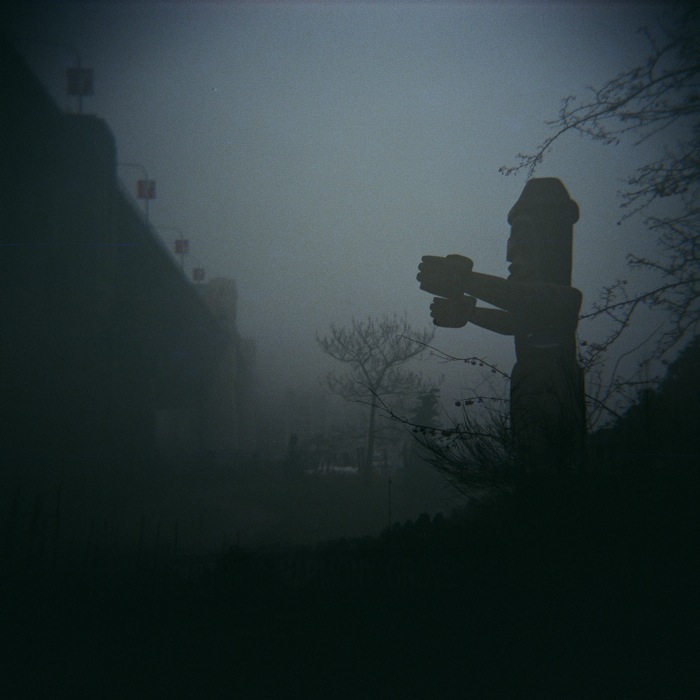
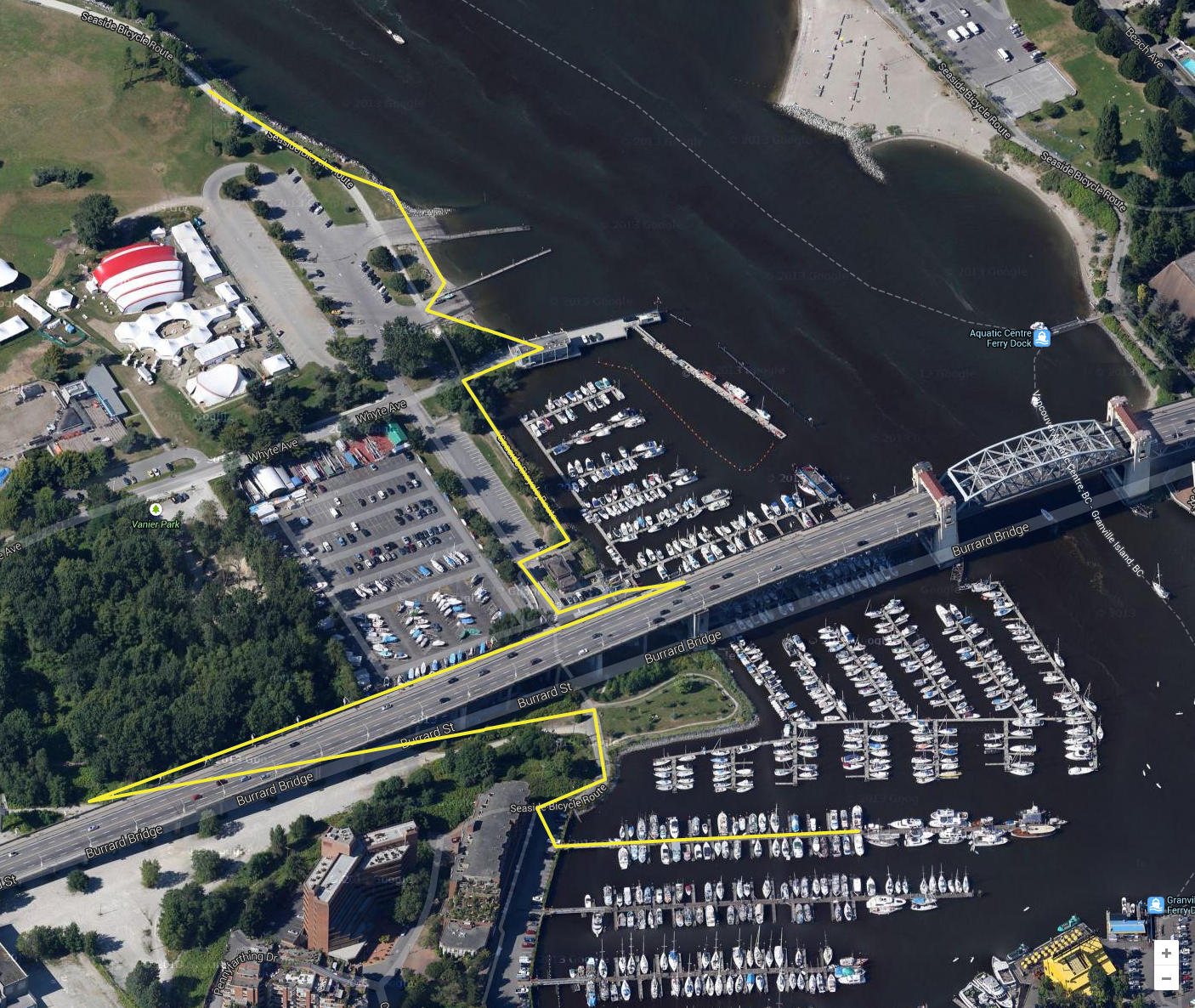
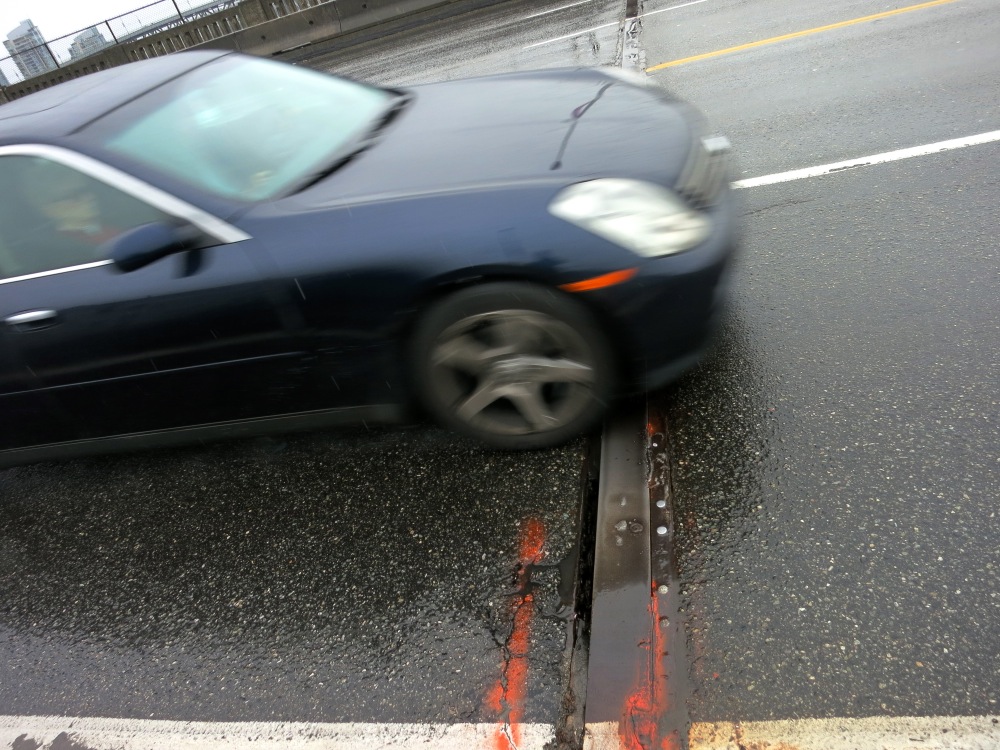
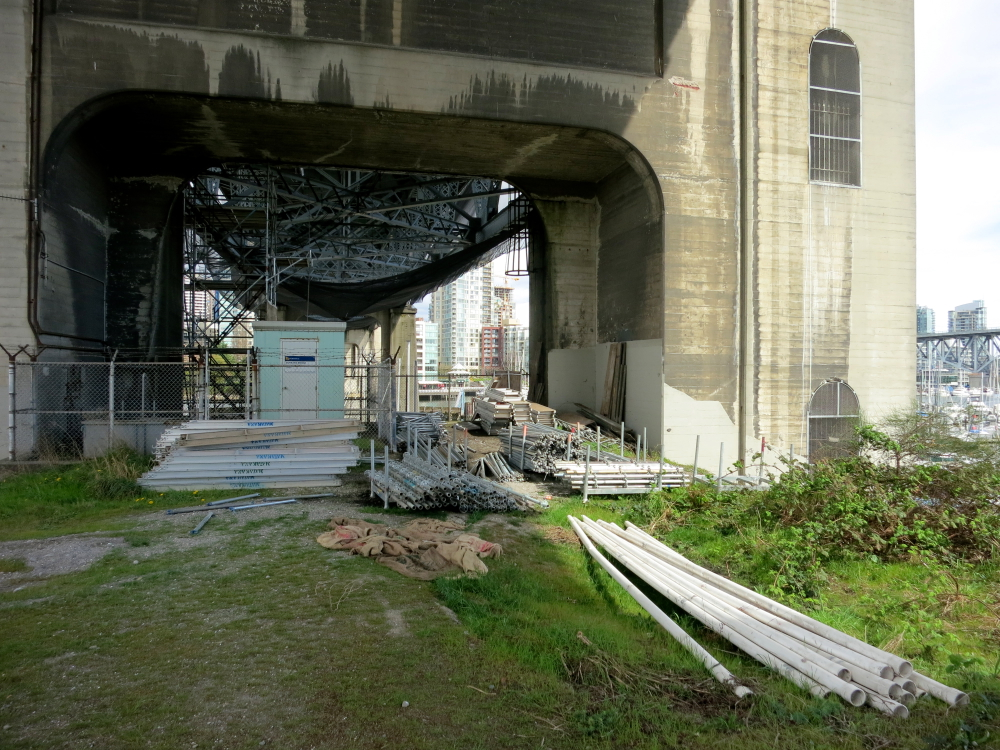
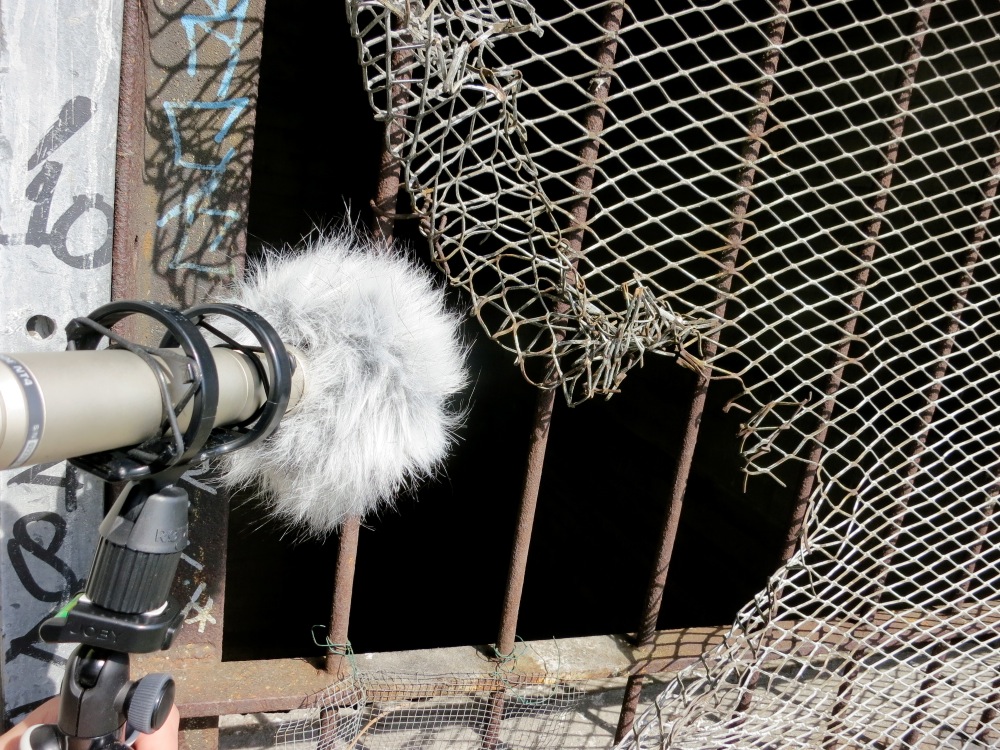
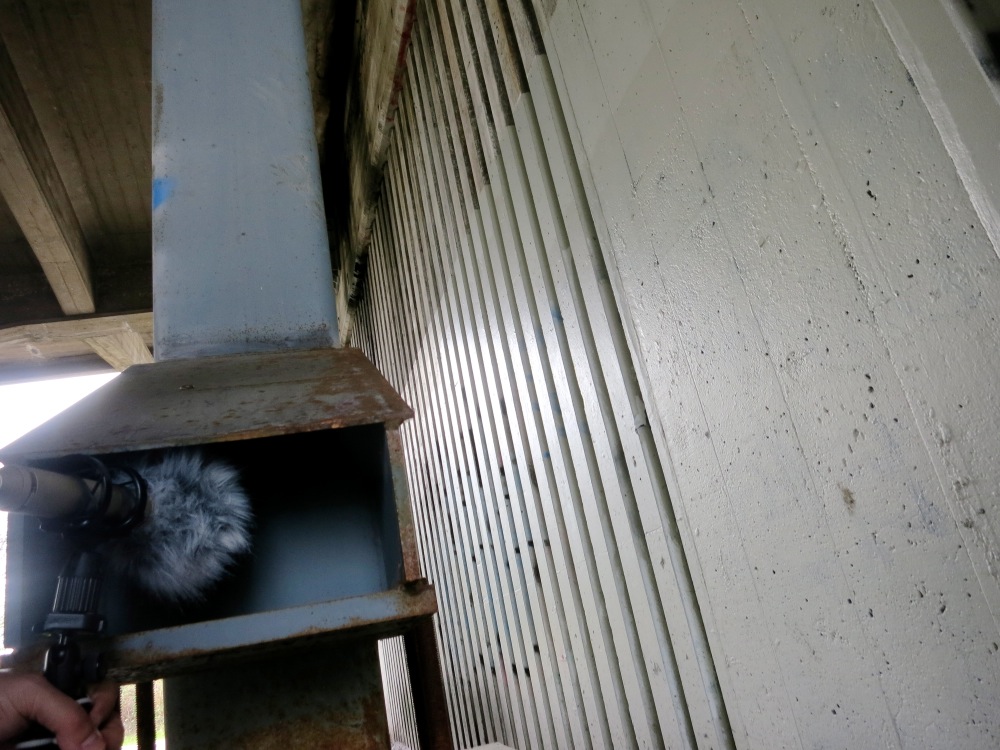
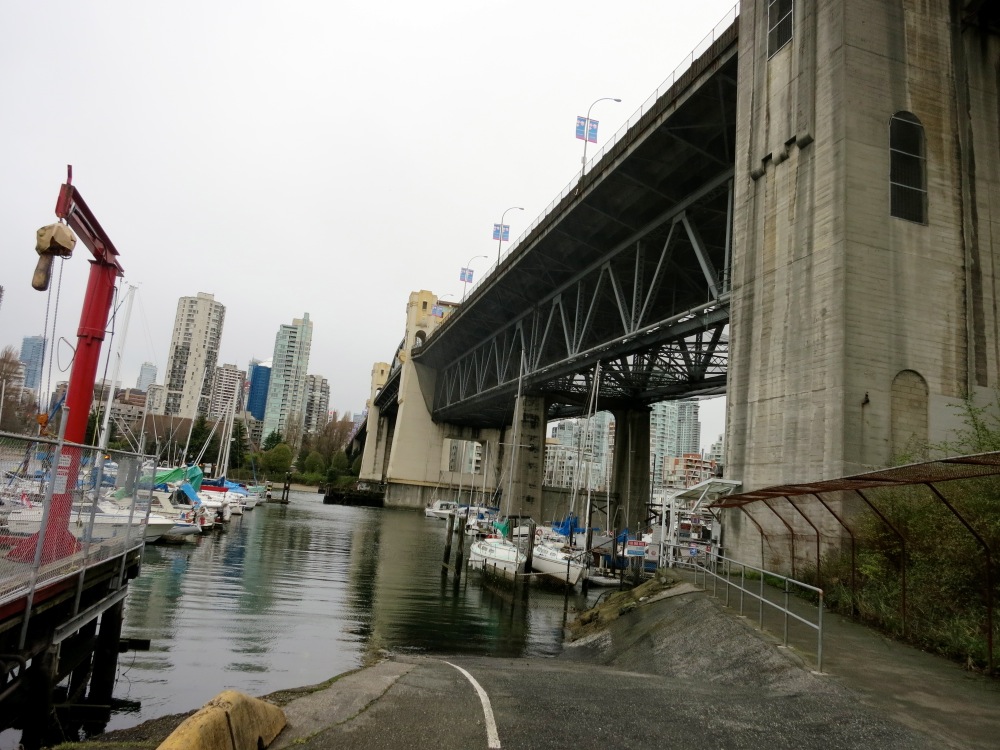
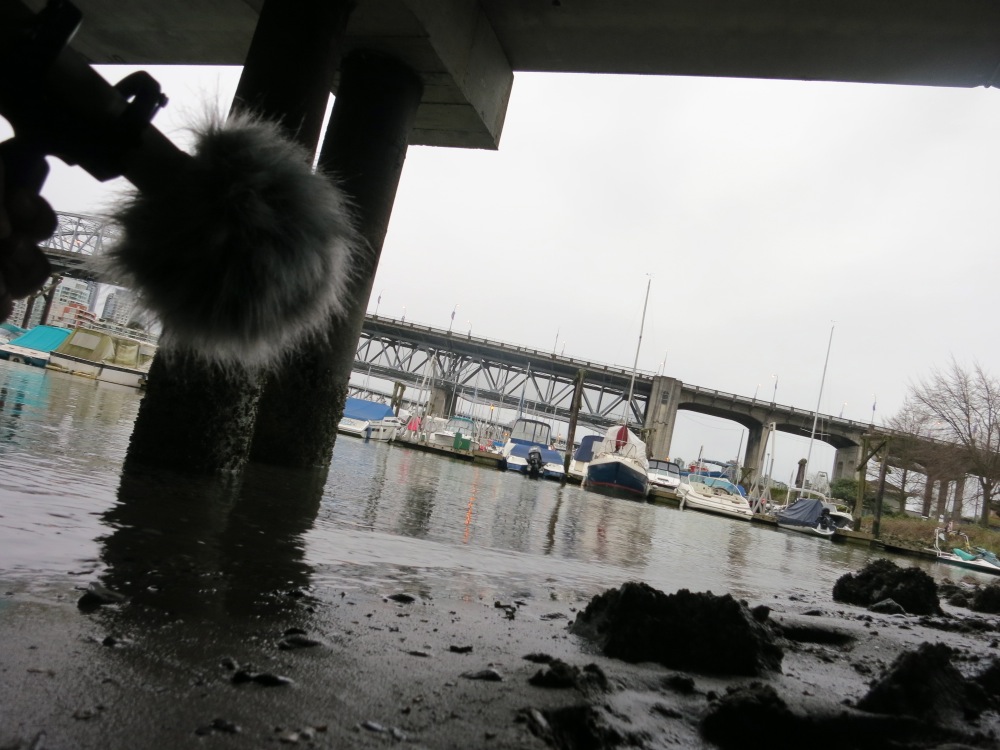
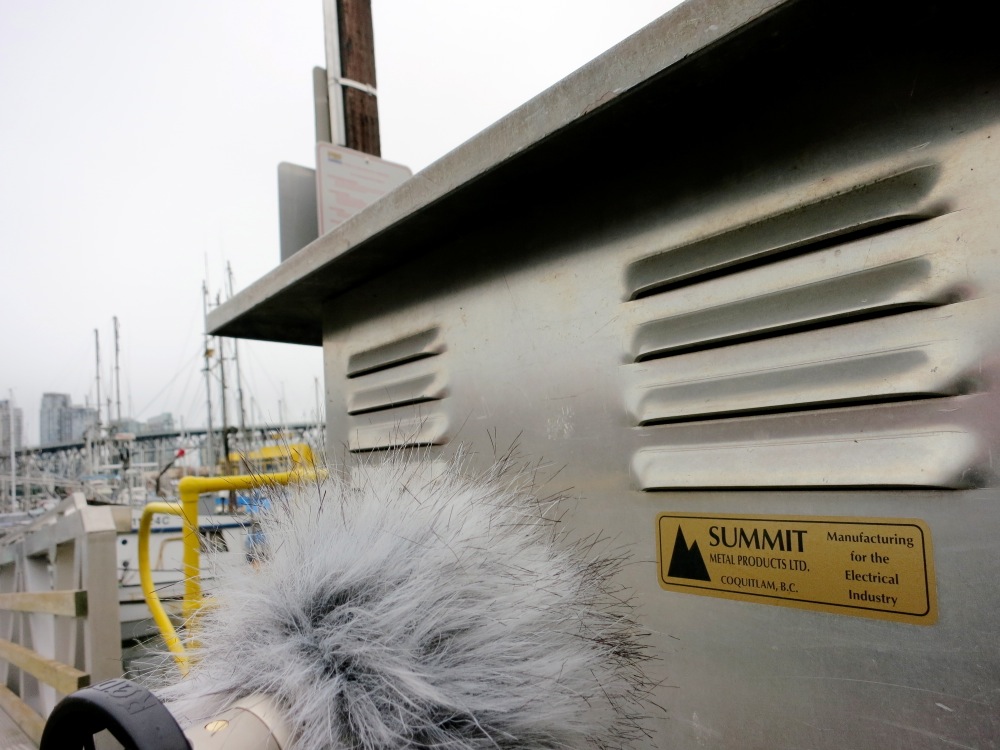
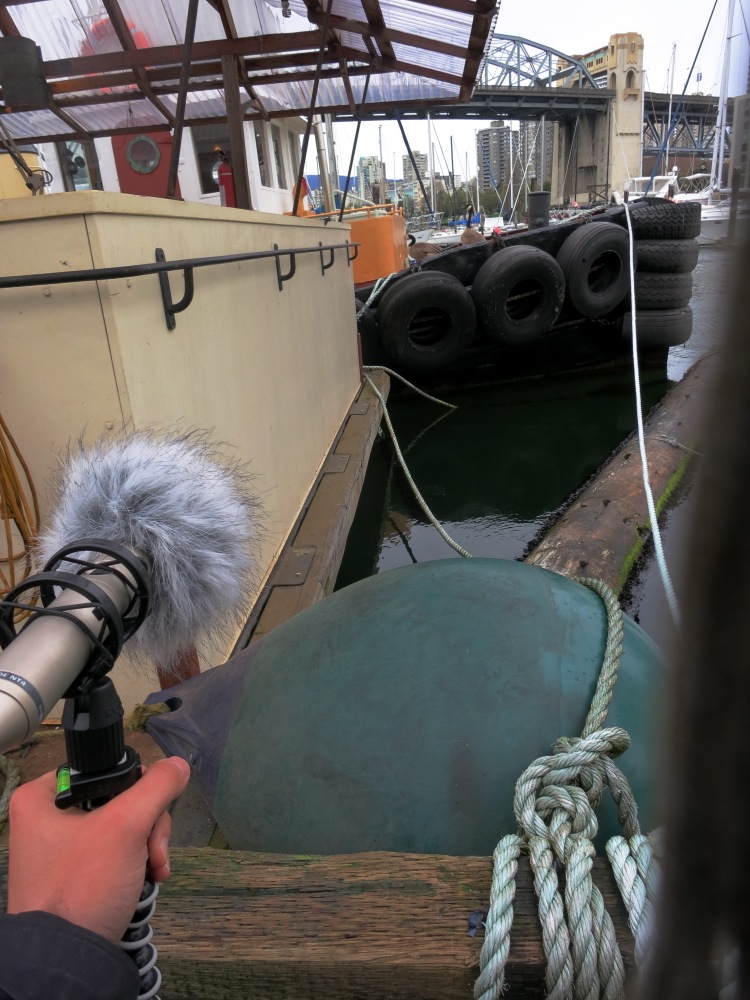
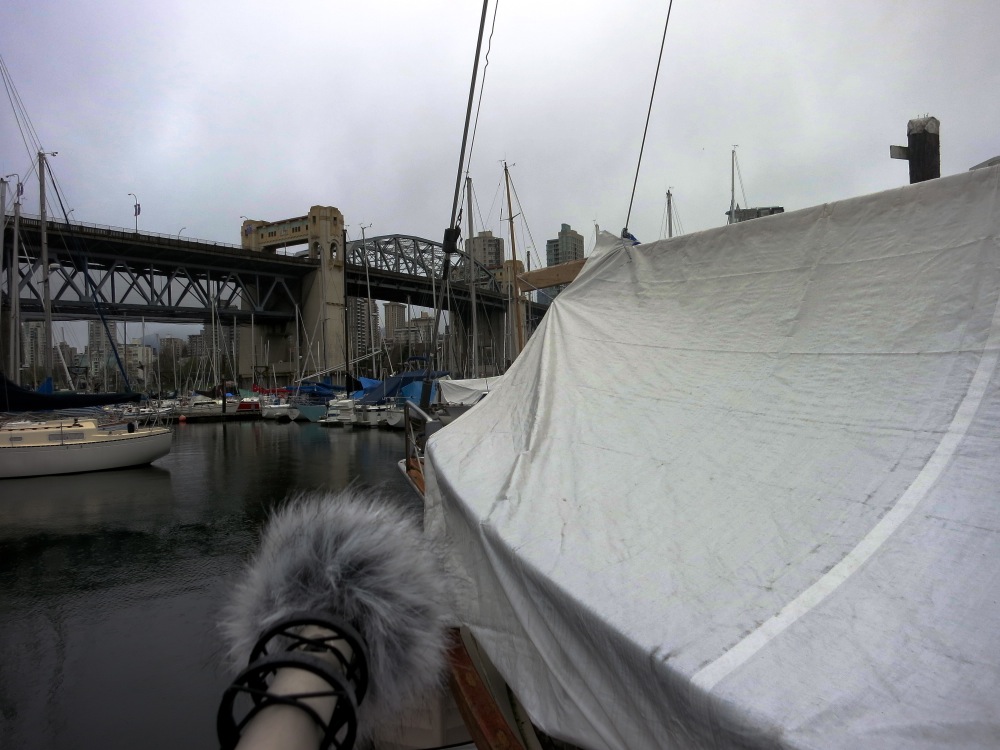
on April 27, 2018 at 4:15 pm
Permalink
[…] Another Vancouver project, Randolph Jordan’s “The Bell Tower of False Creek” maps place through soundscape composition. The piece investigates infrastructure and spatial management by dwelling on the presence of a pothole over the Burrard Bridge. Jordan thickly breaks down the composition with a set of accompanying text and images, including a bird’s eye view of the route, photographic illustrations of the site features, and linked audio segments. Found here. […]